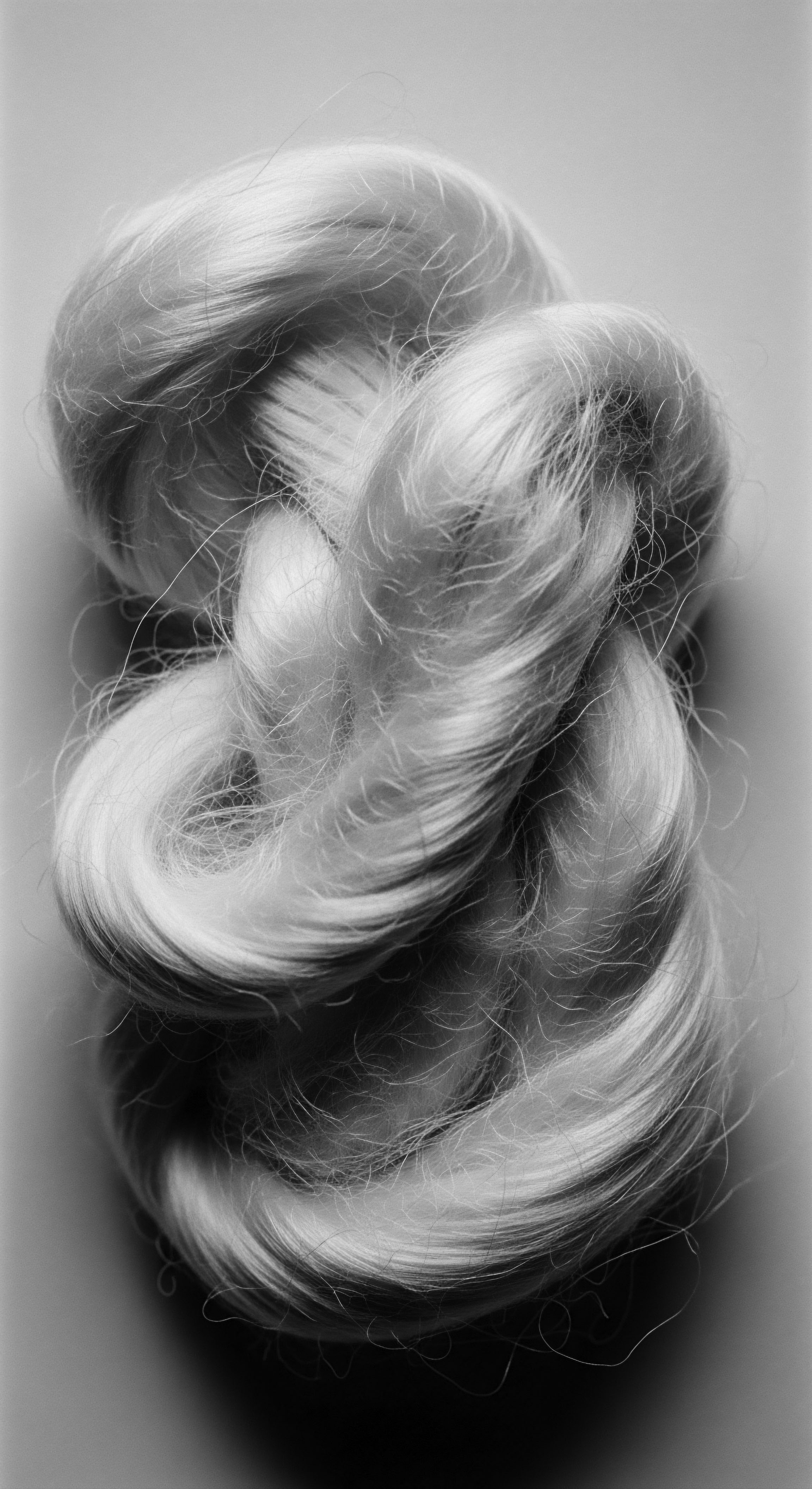
Fundamentals
The understanding of Historical Beauty Rituals extends far beyond mere cosmetic application; it represents a profound exploration into the ancestral wisdom that shaped practices of self-care, communal identity, and spiritual connection through the ages. Within Roothea’s living library, this concept signifies the collective body of traditional methods, ingredients, and ceremonial acts employed by diverse communities throughout human history to adorn, protect, and honor the body, with particular reverence paid to hair. These rituals were rarely superficial; instead, they were deeply interwoven with societal structures, belief systems, and the very rhythms of life, reflecting a holistic approach to well-being that recognized the intimate bond between inner vitality and outer expression.
At its simplest, the definition of Historical Beauty Rituals refers to the customary actions and procedures performed to enhance appearance or maintain physical condition, passed down through generations. For communities with textured hair, particularly those of Black and mixed-race descent, these rituals carried an exceptional significance . They were not simply about aesthetics; they were acts of preservation, resistance, and continuity in the face of immense challenges. The hair, in its myriad coils, kinks, and waves, became a living canvas, a testament to inherited resilience and a powerful symbol of identity.
The meaning of these rituals for textured hair heritage stretches back to the earliest human civilizations, where hair was seen as a conduit to the divine, a marker of tribal affiliation, or a shield against spiritual harm. Early forms of hair care involved an intuitive grasp of natural elements. For instance, the use of plant-based oils and butters, derived from local flora, served not only to moisturize and protect the hair shaft but also to impart medicinal properties, ward off pests, and symbolize fertility or prosperity. These foundational practices laid the groundwork for complex traditions that would endure for millennia, adapting and evolving with each passing era.
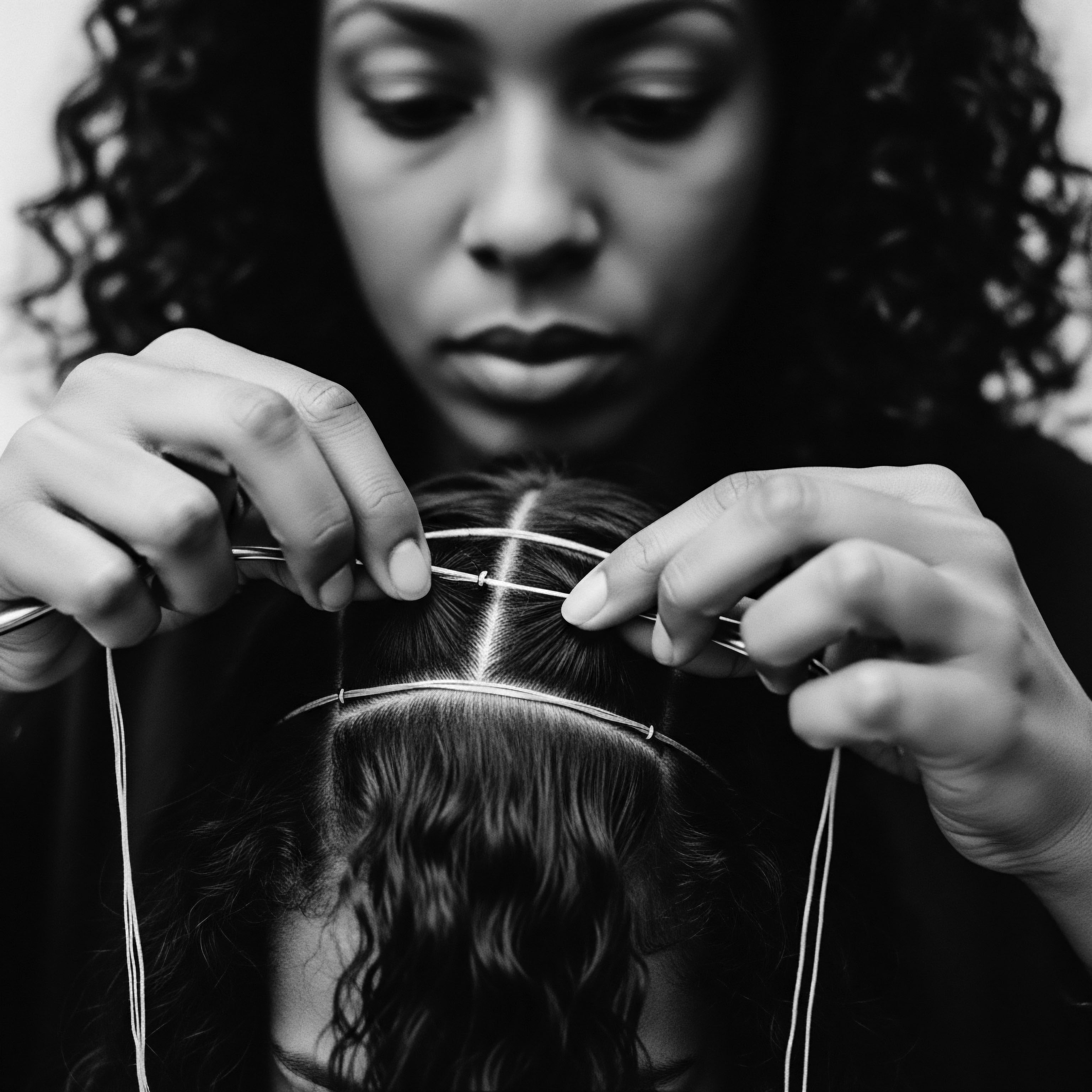
Ancient Roots of Hair Reverence
Across ancient African civilizations, hair was more than adornment; it was a potent symbol of one’s lineage, status, and spiritual connection. The way hair was styled could convey marital status, age, wealth, or even one’s profession. Headwraps, elaborate braids, and meticulously crafted updos were not simply fashion statements but carriers of intricate social codes and historical narratives. These practices, rooted in a deep respect for the hair’s inherent qualities, established a foundational understanding of hair care that recognized its unique biological structure.
Historical Beauty Rituals are ancient practices of self-care and adornment, deeply intertwined with cultural identity and ancestral wisdom, particularly for textured hair.
The elemental biology of textured hair, with its distinctive elliptical cross-section and tendency towards dryness due to the coiling pattern, naturally guided these early practices. Ancestors instinctively understood the need for lubrication and gentle handling. They developed sophisticated techniques for detangling, cleansing, and conditioning using what nature provided. The meticulous care involved in styling, often a communal activity, reinforced social bonds and transmitted knowledge across generations, creating a living archive of hair wisdom.
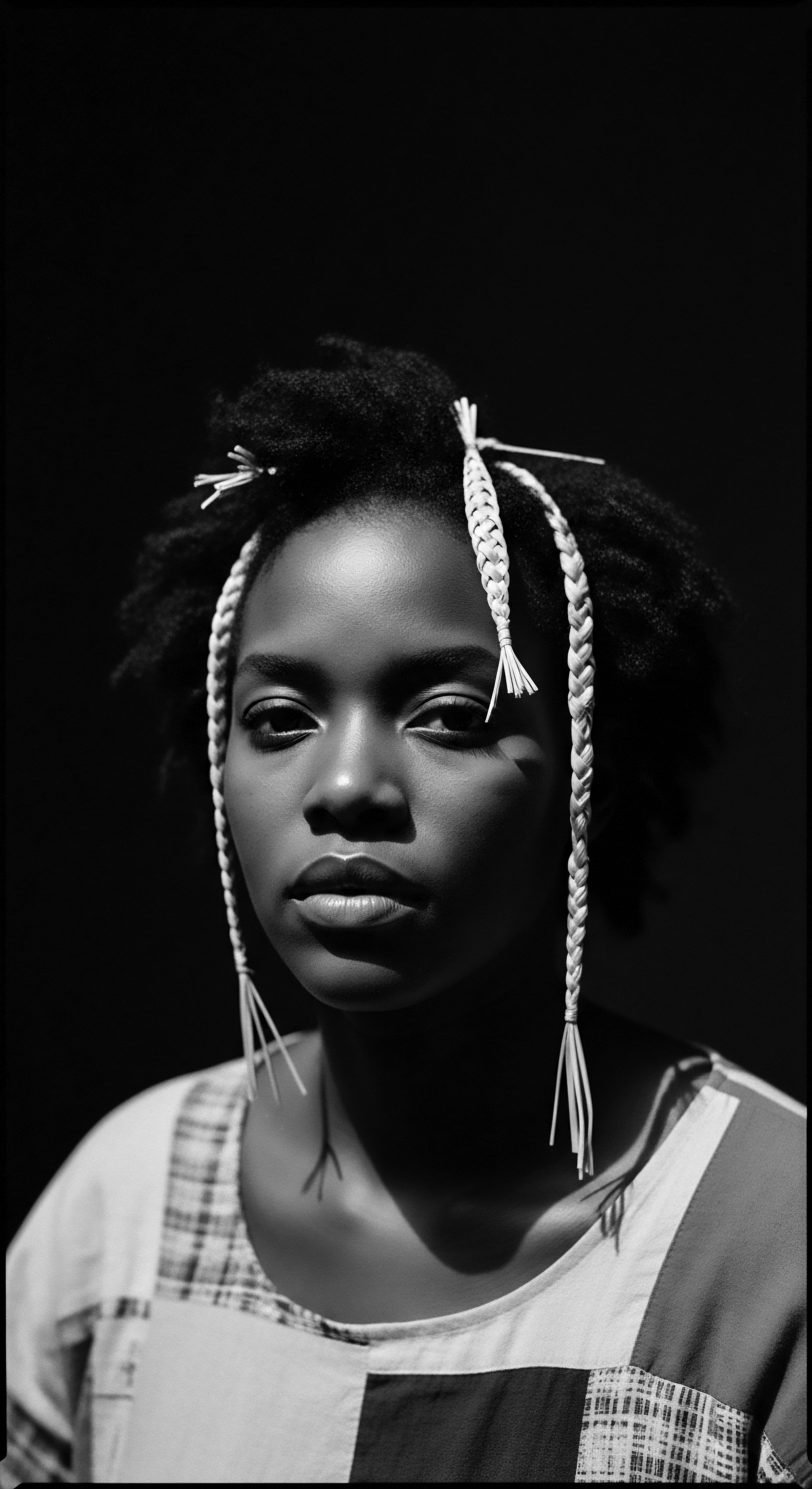
Early Ingredients and Their Purpose
The earliest forms of Historical Beauty Rituals relied heavily on the bounty of the natural world. These ingredients were selected not just for their perceived beautifying properties but also for their known medicinal or protective qualities, reflecting a holistic approach to hair health.
- Shea Butter ❉ Derived from the nuts of the African shea tree, this rich butter was a staple across West Africa for its profound moisturizing and protective qualities, shielding hair from harsh environmental elements.
- Coconut Oil ❉ Prevalent in coastal African communities and throughout the diaspora, this oil provided deep conditioning, shine, and helped to seal moisture into the hair strand.
- Aloe Vera ❉ Used for its soothing and healing properties, aloe vera was applied to the scalp to alleviate irritation and promote a healthy environment for hair growth.
- Herbal Infusions ❉ Various leaves, roots, and flowers were steeped in water or oils to create tonics that cleansed, strengthened, or added color to the hair, demonstrating an early understanding of botanical chemistry.
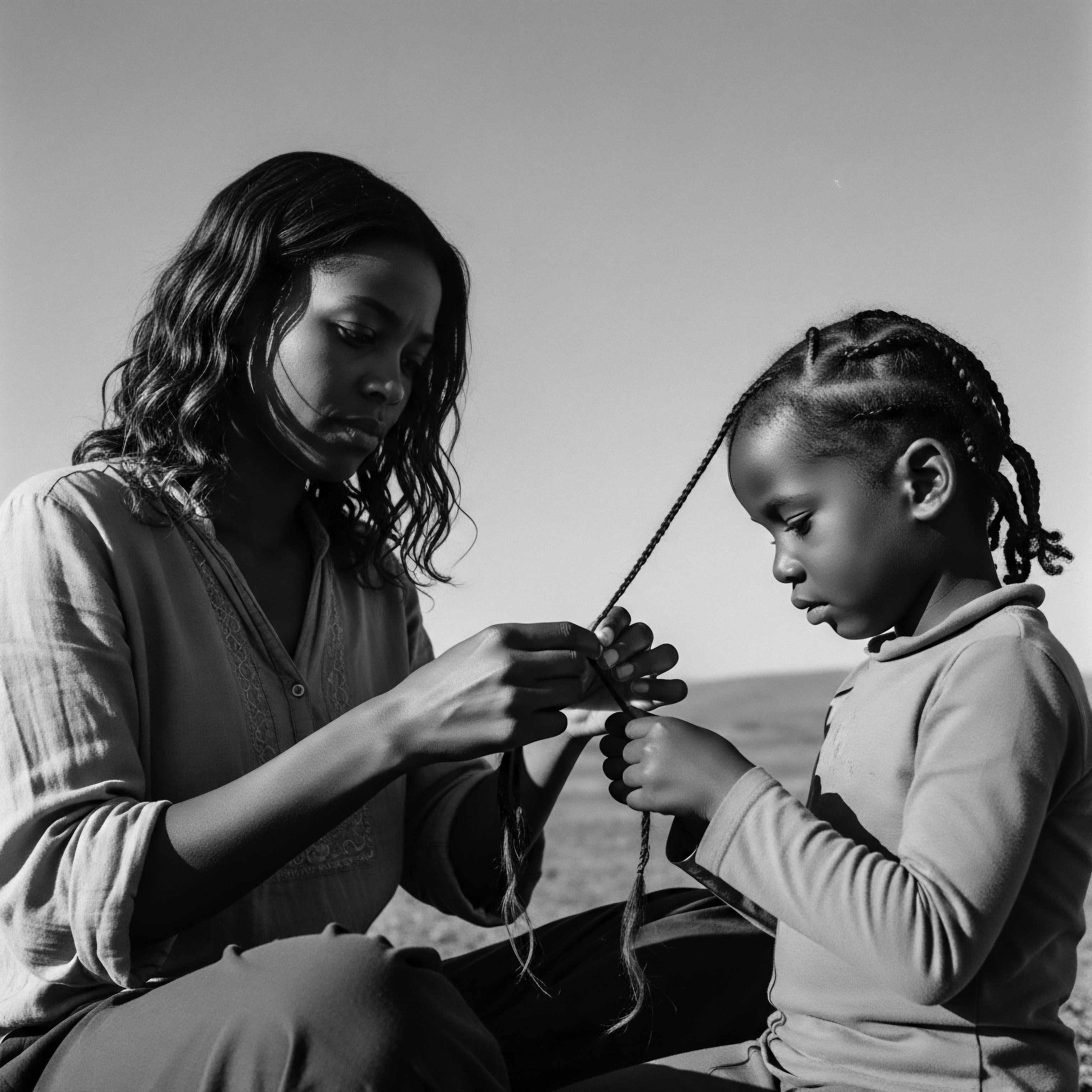
Intermediate
Moving beyond the foundational understanding, the intermediate explanation of Historical Beauty Rituals delves into the intricate cultural contexts and adaptive strategies that defined these practices, especially for textured hair across the African diaspora. These rituals represent a dynamic interplay between inherited knowledge and environmental adaptation, a continuous conversation between past wisdom and present circumstances. The delineation of these practices reveals how they served as vital expressions of identity, community, and resilience in the face of profound societal shifts.
The transatlantic slave trade, a period of unimaginable brutality, profoundly impacted the continuity of these rituals. Stripped of their tools, traditional ingredients, and communal spaces, enslaved Africans were forced to innovate, drawing upon fragmented memories and newly available resources to maintain their hair traditions. This period saw the ingenious adaptation of available materials, such as lard, kerosene, and even sugar water , as substitutes for traditional conditioners and styling agents. Despite the degradation and dehumanization they faced, the act of hair care remained a sacred, subversive act, a quiet defiance that affirmed their humanity and cultural lineage.
Beyond basic care, Historical Beauty Rituals for textured hair served as a powerful means of cultural preservation and resistance amidst historical adversity.
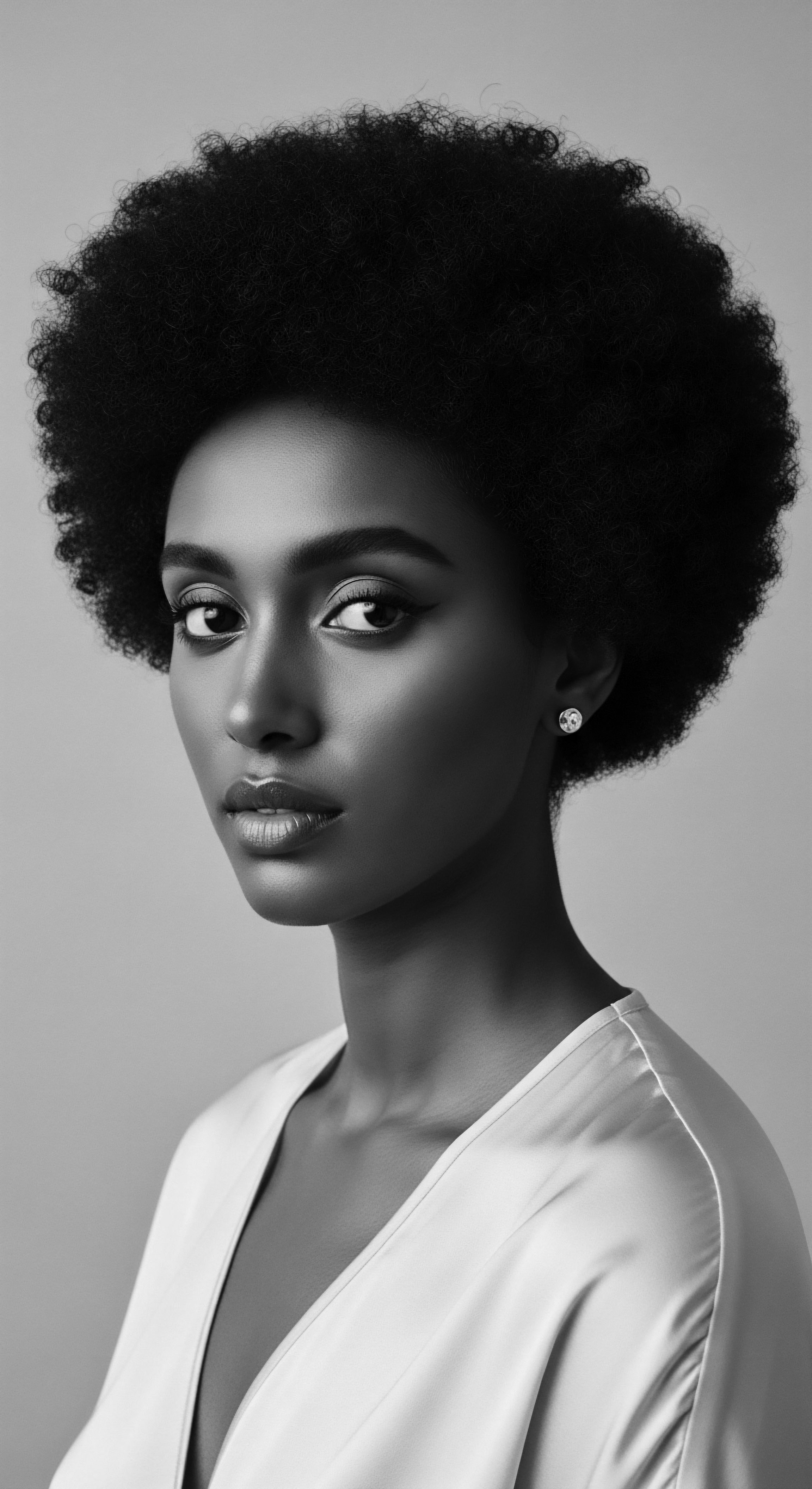
The Tender Thread ❉ Hair as a Living Archive
Hair, in its very structure, holds memory. For generations of Black and mixed-race people, the meticulous tending of textured hair became a repository of collective memory, a living archive of ancestral wisdom. The practices of braiding, twisting, and coiling were not merely aesthetic; they were acts of storytelling, passing down knowledge of plant properties, styling techniques, and communal bonds. The hands that braided a child’s hair were not only styling but also transmitting a heritage, a silent language of care and belonging.
Consider the deep-rooted tradition of hair oiling in many African and diasporic communities. This ritual, often performed weekly or bi-weekly, involves applying nourishing oils to the scalp and hair strands. This practice addresses the natural tendency of textured hair to be drier due to its coiling pattern, which makes it harder for natural scalp oils to travel down the hair shaft.
Modern science now validates this ancient wisdom, recognizing the benefits of ingredients like jojoba oil, argan oil, and castor oil for scalp health and moisture retention, mirroring the ancestral use of indigenous plant extracts. The consistency and dedication to this ritual speak volumes about the deep understanding our ancestors held regarding the fundamental needs of textured hair.
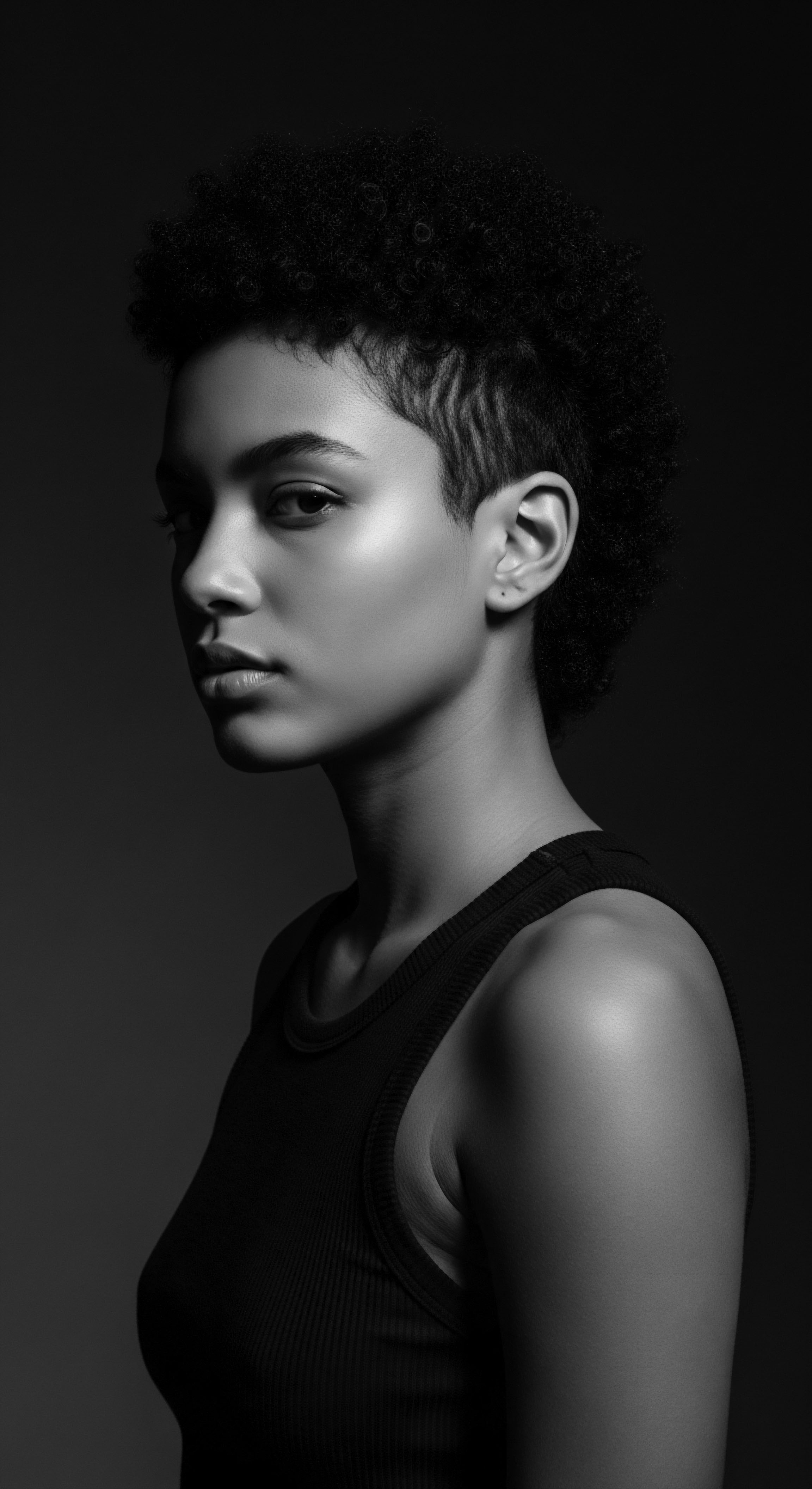
Evolution of Care in the Diaspora
As communities dispersed, so too did the specific manifestations of Historical Beauty Rituals, yet their underlying principles endured. The need for protection, moisture, and symbolic expression remained paramount.
| Historical Period/Region Pre-Colonial Africa |
| Key Ingredients/Practices Shea butter, red palm oil, indigenous herbs, intricate braiding. |
| Cultural Significance/Adaptation Signified social status, spiritual connection, tribal identity; communal bonding through styling. |
| Historical Period/Region Slavery Era (Americas) |
| Key Ingredients/Practices Lard, cotton seeds, minimal tools; clandestine braiding. |
| Cultural Significance/Adaptation Survival, resistance, communication (e.g. cornrow maps), cultural preservation despite harsh conditions. |
| Historical Period/Region Post-Emancipation (Early 20th Century) |
| Key Ingredients/Practices "Pressing" combs, hot oils, homemade pomades; emergence of Black beauty entrepreneurs. |
| Cultural Significance/Adaptation Economic independence, adaptation to dominant beauty standards, community support networks. |
| Historical Period/Region Mid-20th Century (Civil Rights Era) |
| Key Ingredients/Practices "Afro" styles, natural hair movement; new product development. |
| Cultural Significance/Adaptation Political statement, racial pride, rejection of assimilationist pressures, celebration of heritage. |
| Historical Period/Region These adaptations demonstrate the enduring spirit of textured hair care as a symbol of cultural persistence and innovation. |
The resilience of these rituals is a testament to their inherent value. They provided comfort, fostered connection, and served as a tangible link to a rich past, even when that past was brutally severed. The collective memory of these practices, carried forward through generations, became a powerful antidote to erasure.
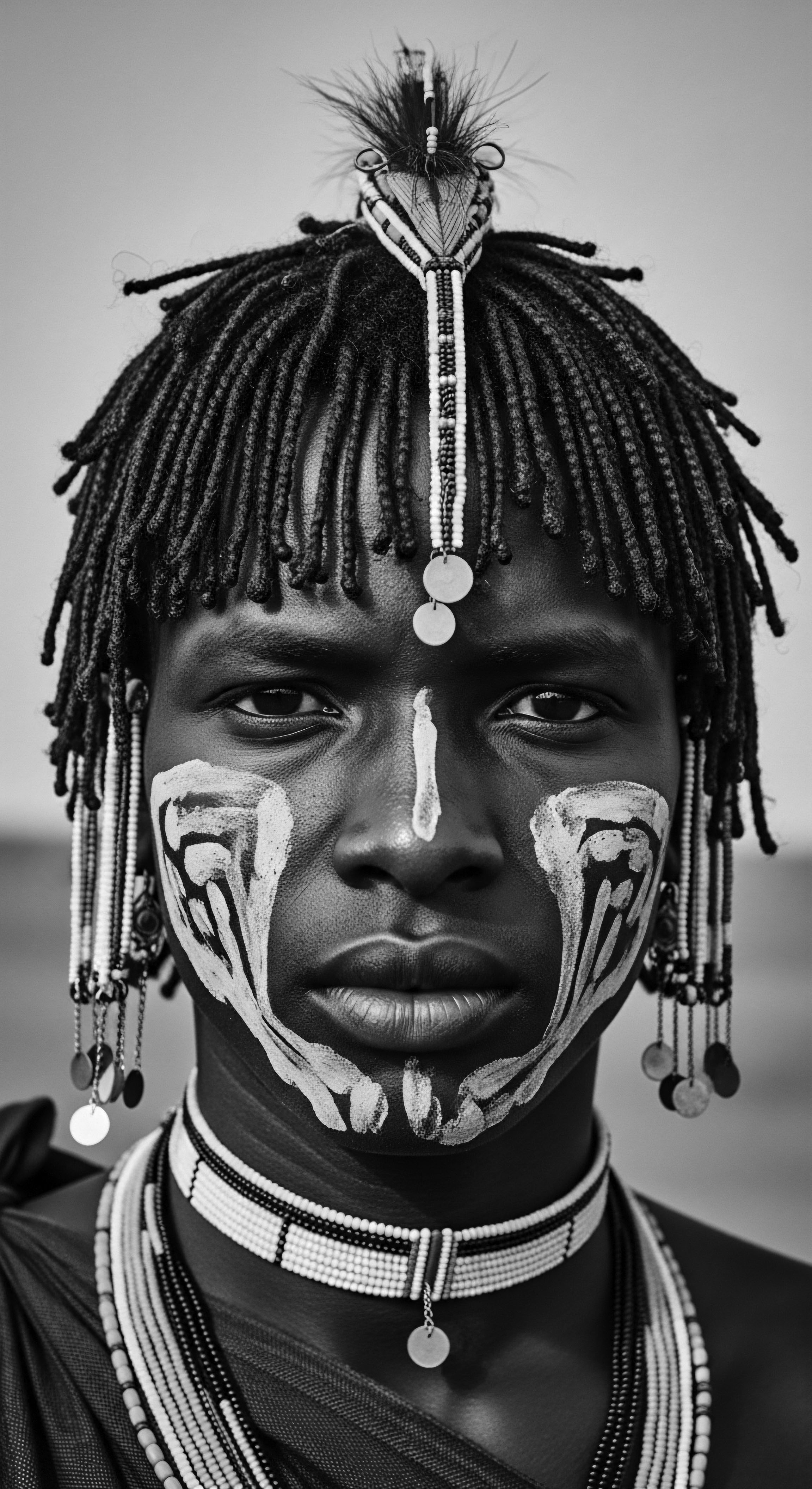
Academic
The academic interpretation of Historical Beauty Rituals, particularly as they pertain to textured hair, positions these practices not merely as historical footnotes but as complex socio-cultural phenomena that shaped identity, agency, and collective memory within Black and mixed-race communities. This rigorous elucidation requires an interdisciplinary lens, drawing from anthropology, ethnobotany, sociology, and critical race theory to fully grasp the profound substance and enduring legacy of these ancestral practices. At this advanced level of comprehension, the term refers to the systematically developed and transmitted bodies of knowledge, techniques, and symbolic actions concerning bodily adornment and care, especially hair, whose historical trajectories reveal deep insights into power dynamics, cultural resistance, and the construction of selfhood.
From an academic vantage point, Historical Beauty Rituals for textured hair are understood as intricate systems of cultural production and reproduction. They are not static artifacts of the past but dynamic, evolving traditions that have continually adapted to changing historical, social, and political landscapes. The meticulous attention paid to hair in many African and diasporic cultures, often involving hours of communal styling, speaks to its profound social function beyond mere aesthetics. Hair became a non-verbal language, a canvas for communicating identity, status, and affiliation in societies where written language might have been less dominant or suppressed.
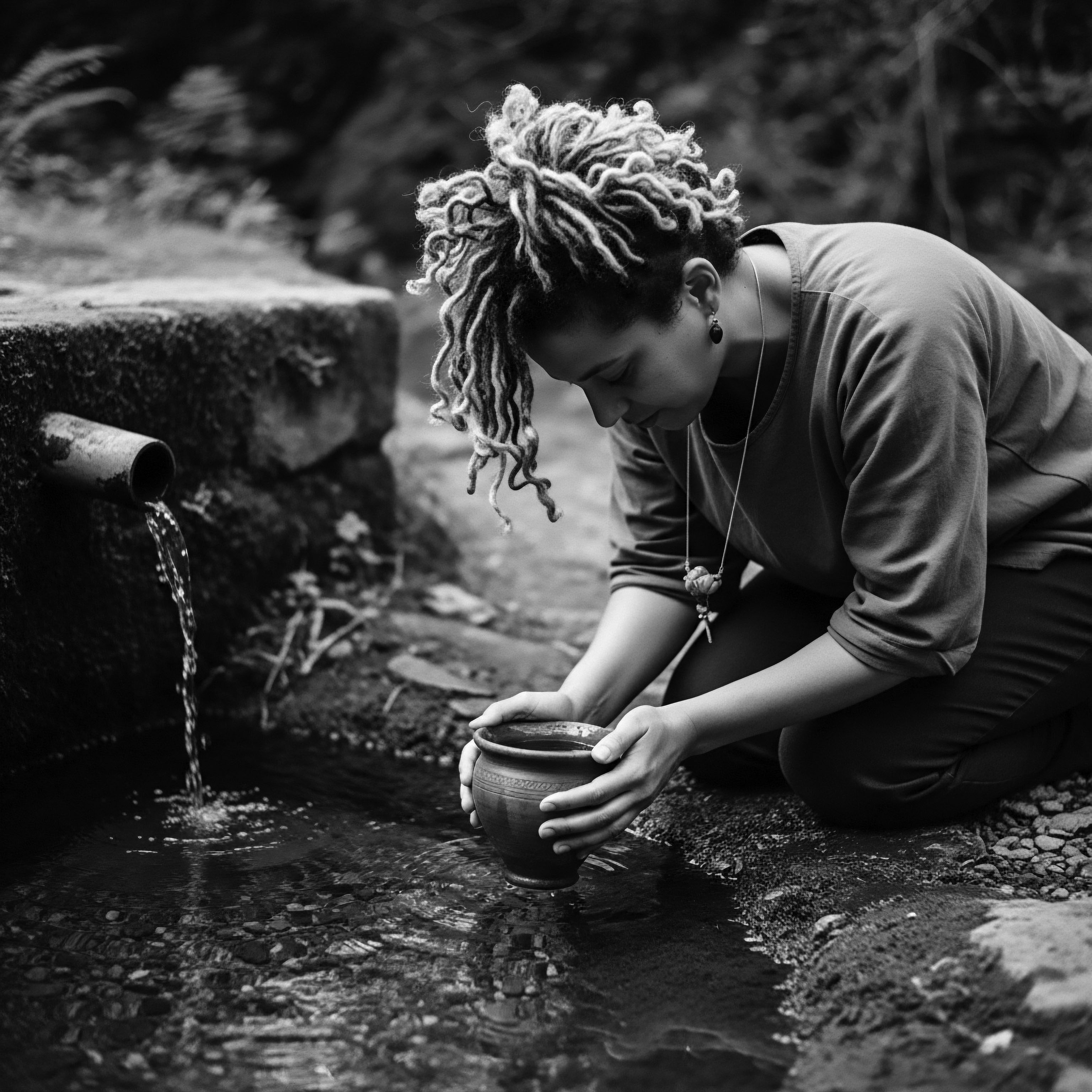
The Unbound Helix ❉ Hair as a Vector of Identity and Resistance
The historical experience of Black hair, specifically, offers a compelling case study for the academic specification of Historical Beauty Rituals. During the transatlantic slave trade, the deliberate stripping of traditional hair care tools and practices was a calculated act of cultural annihilation. Yet, paradoxically, this suppression often led to profound acts of ingenuity and cultural preservation. The resilience of these practices, even under duress, underscores their intrinsic value as forms of self-determination and cultural continuity.
A particularly striking instance of hair as a conduit for resistance and liberation can be observed in the historical context of enslaved communities in the Americas. In a profound demonstration of ancestral ingenuity, African women, particularly in what is now Colombia, ingeniously utilized their intricate hair patterns as covert maps and storage vessels for seeds. Dr. Angela Davis, in her work on Black women’s history, often alludes to the symbolic power of hair as a site of resistance and cultural memory (Davis, 1981).
This historical example transcends the cosmetic, demonstrating hair’s role in facilitating actual physical escape and the establishment of independent communities. Enslaved women would braid patterns that depicted escape routes through dense forests or mountainous terrains, with each curve and parting serving as a coded instruction for those seeking freedom. Furthermore, they would hide seeds—rice, okra, corn—within their braids, carefully securing them for planting in the fertile ground of nascent Maroon settlements. This remarkable practice, documented by historians and anthropologists studying Afro-Colombian communities, speaks to the profound intersection of beauty, survival, and intellectual strategy embedded within Historical Beauty Rituals. This specific historical example highlights how the act of hair styling, a seemingly innocuous beauty ritual, could carry the weight of collective survival and the blueprint for future freedom, transforming the hair itself into a living document of resistance.
Academic analysis reveals Historical Beauty Rituals as dynamic systems of cultural production, embodying identity, resistance, and the enduring power of ancestral knowledge.
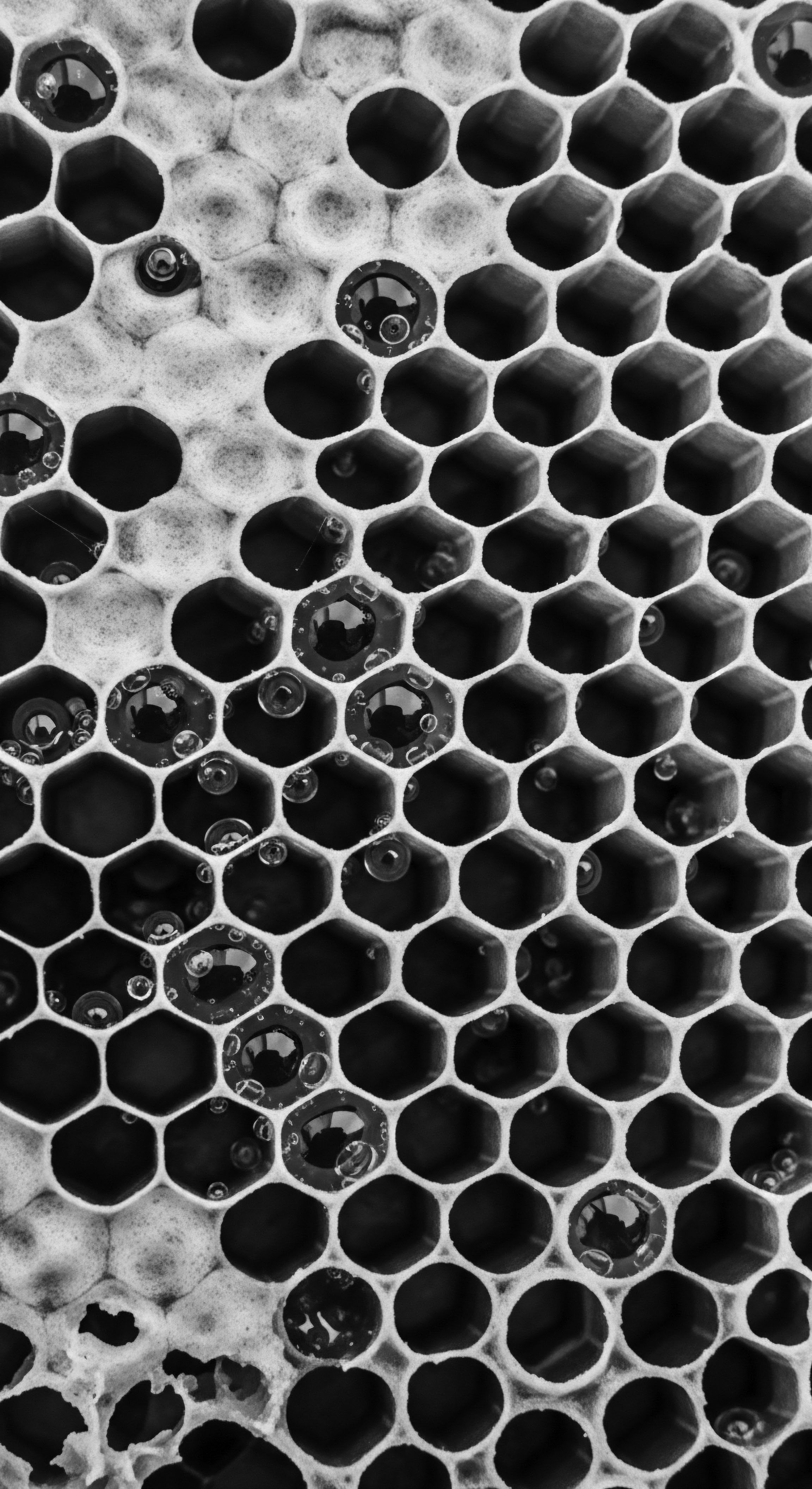
The Interconnectedness of Hair, Health, and Community
The academic lens also permits a deeper exploration of the relationship between Historical Beauty Rituals and holistic well-being. Traditional practices often blurred the lines between cosmetic care, medicinal application, and spiritual invocation. The ingredients used were often chosen for their inherent healing properties, addressing not just the hair strand but the scalp as an extension of the body’s overall health. This approach aligns with contemporary understandings of the skin microbiome and the systemic impact of topical applications, suggesting that ancestral knowledge held an intuitive grasp of principles now validated by modern science.
Moreover, the communal aspect of hair rituals—the shared experience of braiding, detangling, and adorning—fostered robust social networks. These spaces served as informal academies where intergenerational knowledge was transmitted, stories were shared, and communal bonds were strengthened. The collective act of hair care provided a vital sense of belonging and mutual support, acting as a buffer against external pressures and reinforcing cultural identity.
The scholarly examination of these rituals also confronts the historical pressures of assimilation and the imposition of Eurocentric beauty standards. The systematic denigration of textured hair and its traditional care practices led to a complex legacy of self-perception and cultural negotiation. Understanding Historical Beauty Rituals therefore involves analyzing how communities resisted, adapted, and reclaimed their hair heritage as a powerful act of self-affirmation. The resurgence of natural hair movements in recent decades represents a contemporary continuation of this ancestral resistance, a collective embrace of the inherent beauty and historical significance of textured hair.
The designation of these practices as “rituals” underscores their ceremonial and often sacred nature. They were not haphazard acts but intentional, often symbolic gestures performed with reverence. This intentionality imbued the practices with a deeper purport , connecting the individual to a vast lineage of ancestors and a shared cultural narrative. The academic study of Historical Beauty Rituals thus contributes to a broader understanding of human resilience, cultural persistence, and the profound ways in which seemingly simple acts of self-care can embody profound societal meaning.
- Hair as Social Semiotics ❉ Anthropological studies reveal how specific hairstyles conveyed complex social information, from marital status and age to tribal affiliation and readiness for war, functioning as a non-verbal communication system.
- Ethnobotanical Wisdom ❉ Research in ethnobotany documents the extensive knowledge of indigenous plants and their properties for hair care, often predating modern scientific discovery of their active compounds.
- Resistance Through Adornment ❉ Historical accounts and sociological analyses demonstrate how hair practices became acts of cultural resistance and identity preservation during periods of oppression and cultural suppression.
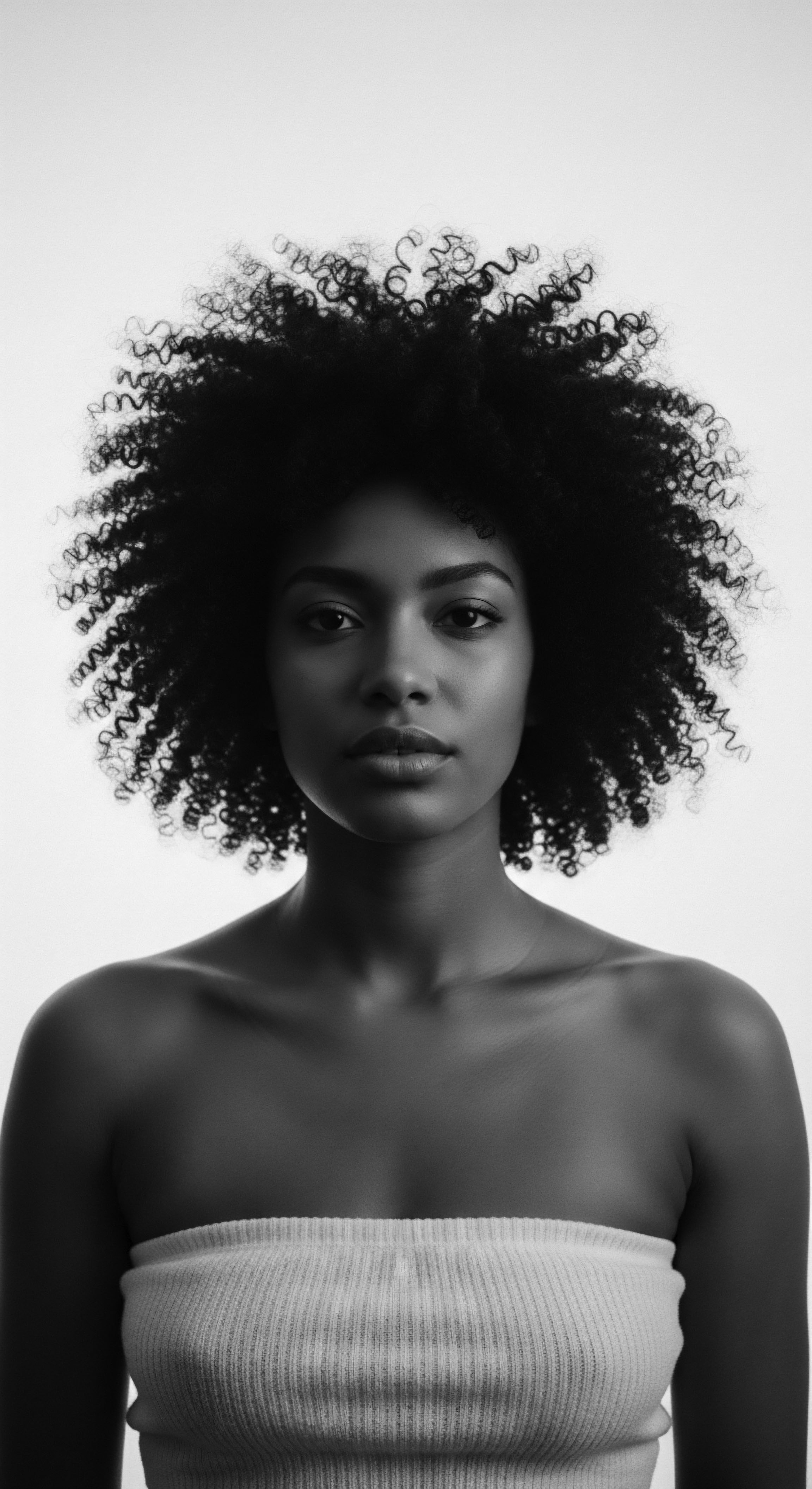
Reflection on the Heritage of Historical Beauty Rituals
As we draw breath and contemplate the journey through Historical Beauty Rituals, the Soul of a Strand whispers tales of enduring strength and profound beauty. This exploration has been more than a scholarly pursuit; it has been a reverent walk through the ancestral gardens of wisdom, where each coil and wave of textured hair holds a piece of an unbroken lineage. The heritage embedded within these rituals is not a relic to be admired from a distance, but a living, breathing current that continues to flow through our hands, our combs, and our shared communal spaces.
The story of textured hair care, from the elemental practices of ancient Africa to the adaptive ingenuity of the diaspora, is a powerful testament to human resilience. It reminds us that beauty, at its core, is an act of self-affirmation, a connection to something larger than ourselves. The meticulous braiding, the nourishing oils, the communal gatherings—all these elements coalesce into a profound declaration of identity that has survived centuries of challenge and change. Our ancestors, through their rituals, did not just care for hair; they safeguarded culture, transmitted knowledge, and forged bonds that transcended time and geography.
In this living library, the understanding of Historical Beauty Rituals calls us to recognize the profound wisdom held within our own strands. It invites us to consider how the echoes of ancient practices resonate in our modern routines, guiding us towards a more holistic and respectful approach to our hair. This ancestral knowledge offers not only insights into effective care but also a deeper connection to our collective past, reminding us that every hair journey is a continuation of a grand, beautiful story. The unbound helix of textured hair, ever evolving, ever resilient, stands as a vibrant symbol of this enduring heritage, a legacy of beauty that is both ancient and eternally new.
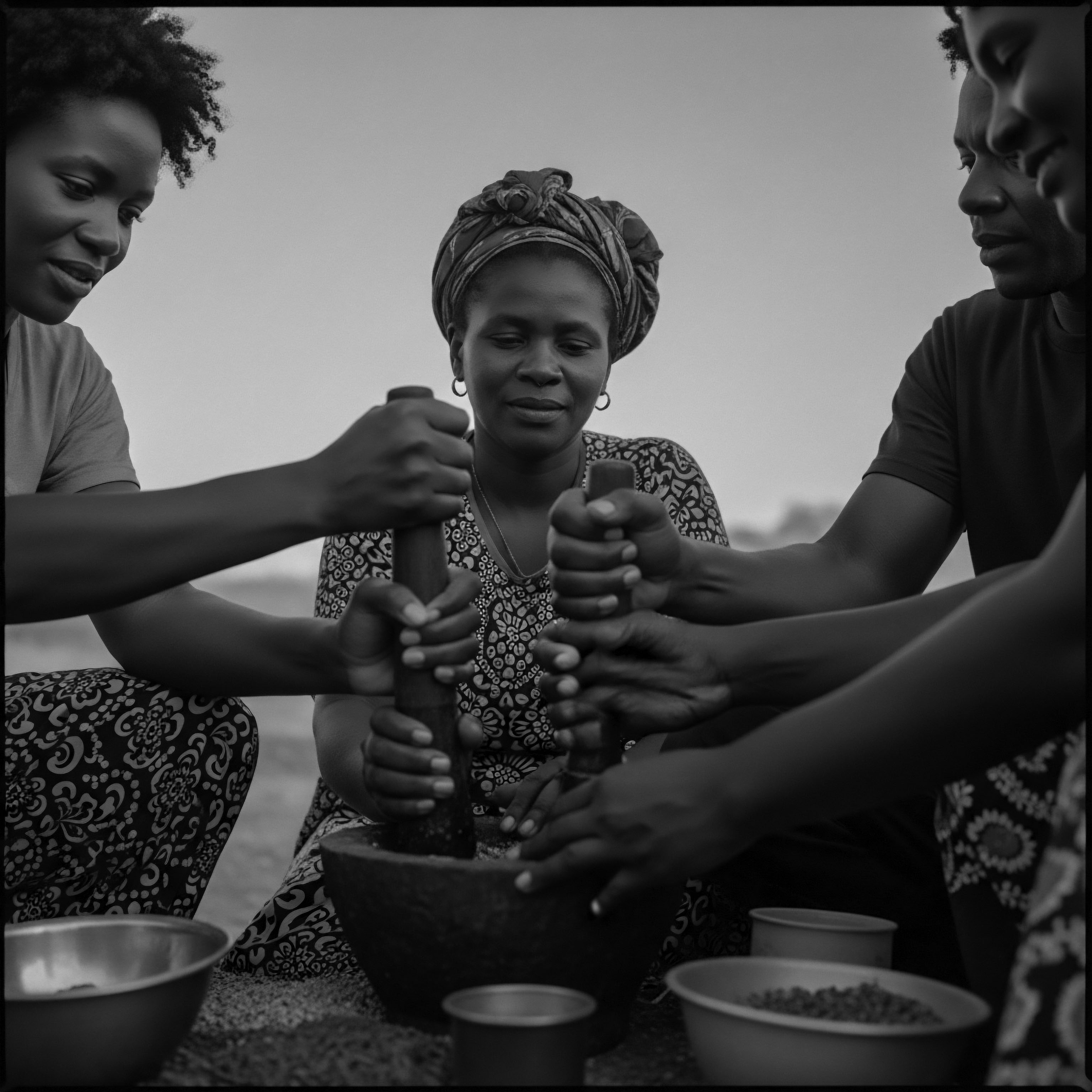
References
- Blakemore, E. (2017). Hair Story ❉ Untangling the Roots of Black Hair in America. National Geographic.
- Davis, A. Y. (1981). Women, Race & Class. Random House.
- Drewal, H. J. (1980). African Artistry ❉ Yoruba Sculpture and Decorative Arts. The University of Michigan Museum of Art.
- Byrd, A. D. & Tharps, L. (2001). Hair Story ❉ Untangling the Roots of Black Hair in America. St. Martin’s Press.
- Akbar, N. (1998). Light from Ancient Africa. African American Images.
- Okoro, N. (2018). African Hair ❉ The History of a Beauty Ritual. Independently Published.
- Walker, A. (1988). In Search of Our Mothers’ Gardens ❉ Womanist Prose. Harcourt Brace Jovanovich.
- hooks, b. (1990). Yearning ❉ Race, Gender, and Cultural Politics. South End Press.
